Introduction
B2C e-commerce has revolutionized the retail landscape, connecting businesses directly with individual consumers through digital platforms. This article explores the diverse markets within the e-commerce framework, from fashion and travel to health and household essentials. It highlights the growth projections for the industry and the key drivers behind its expansion, including convenience, competitive pricing, and personalization.
The integration of technology, such as AI, AR, and VR, is examined, along with the impact of mobile and social media on consumer behavior. The article also delves into the globalization of e-commerce, the role of supply chain innovations, and the importance of customer loyalty and retention strategies. Additionally, it addresses the challenges and opportunities in the market and provides insights into future trends and predictions for B2C e-commerce.
As businesses navigate this dynamic landscape, understanding these key factors and leveraging innovative strategies will be crucial for success.
Understanding B2C E-commerce Solutions
B2C e-commerce, the virtual marketplace connecting businesses directly with individual consumers, has reshaped the retail landscape. Transactions spanning across desktops and mobile devices via websites and applications are the hallmarks of this digital evolution. More than just a channel for retail and consumer goods, e-commerce extends its reach to diverse sectors, including travel and hospitality, fostering a global economic impact.
Notably, the e-commerce framework is divided into several markets, such as Beverages, Food, Tobacco Products, and Household Essentials, each offering a vast array of products through the digital sphere.
For instance, Zara, the Spanish fashion giant, has harnessed artificial intelligence throughout its operations, from supply chain to customer interactions, ensuring responsive and efficient service. Meanwhile, in India, e-commerce growth is propelled by increased internet and smartphone penetration, with festivals like Amazon's Great Indian Festival catalyzing sales through attractive deals. This digital surge also empowers Indian women entrepreneurs, who, with platforms like Flipkart, navigate the e-commerce domain with innovation and determination.
In the health sector, Lemonaid Health exemplifies the potential of e-commerce in telehealth, confronting challenges to become a market contender. Similarly, e-commerce innovation is spurred by startups seeking to refine the online shopping experience in response to evolving consumer behaviors.
As the e-commerce landscape expands, businesses that adapt to its multifaceted structure and leverage innovative technologies like AI can thrive in this competitive arena, reaching a global customer base and driving sales with new, inventive offerings.
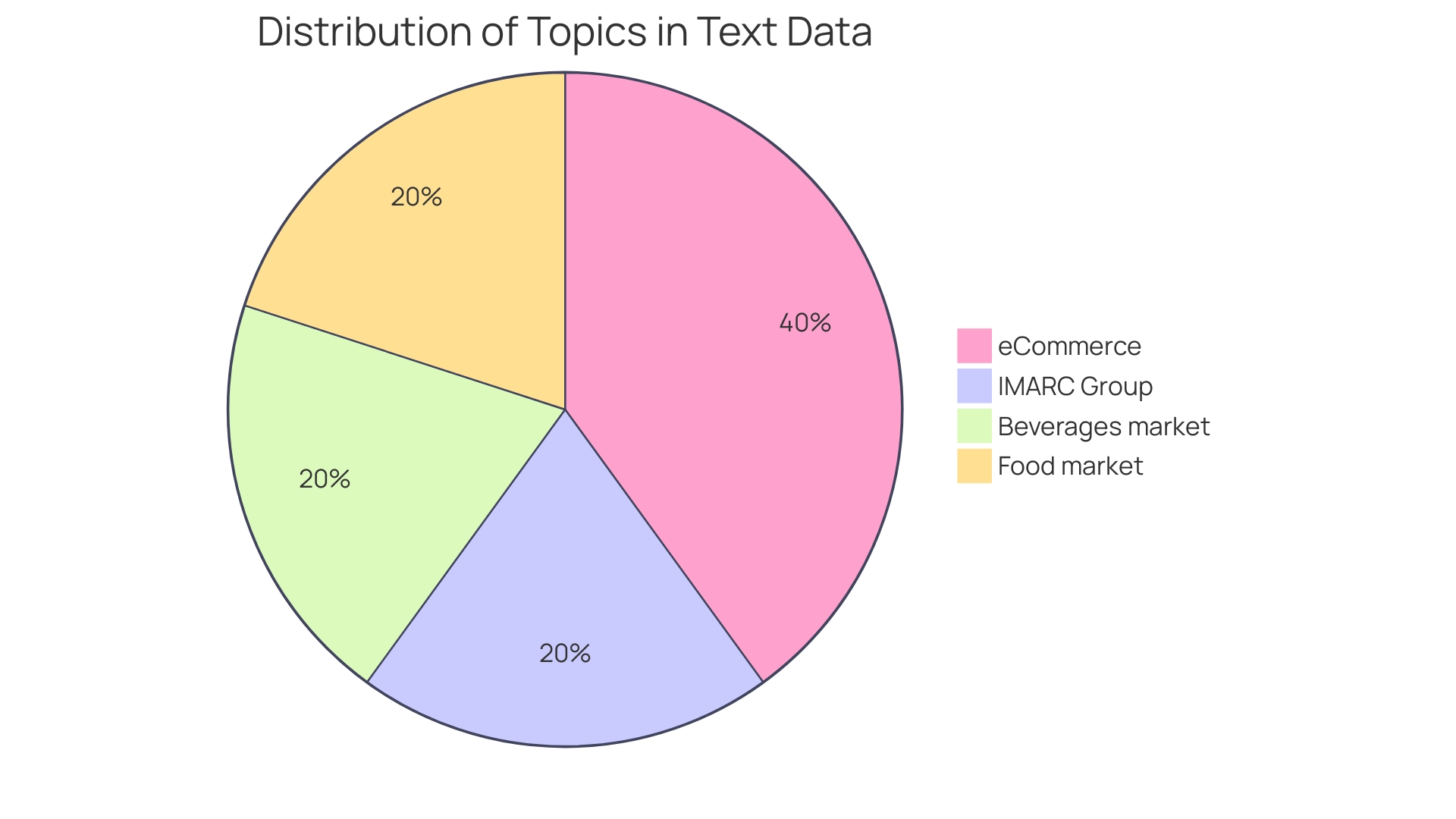
Current Market Size and Growth Projections
The landscape of B2C e-commerce is vast and multifaceted, with a diverse array of markets that range from beverages and food to household essentials and tobacco products. The convenience of online shopping has led to an upsurge in consumer preference for digital channels, propelling exponential market growth. E-commerce now includes not only pure online businesses but also traditional companies expanding their reach through digital sales.
The industry's expansion has been propelled by the ability to offer innovative products and services to a global customer base, with the e-commerce structure comprising 14 distinct markets. Each market, from the sale of beverages – including a spectrum of alcoholic and non-alcoholic drinks, tea, coffee, and energy drinks – to more niche sectors like household cleaners and baby diapers, contributes to the e-commerce boom. Notable events, such as Amazon India's Great Indian Festival sale and Flipkart's support for entrepreneurs, underscore the dynamic nature of the industry and its impact on consumer behavior and economic growth.
As e-commerce continues to evolve, it is clear that the B2C sector is on an upward trajectory, with significant opportunities and challenges ahead for businesses operating within this digital marketplace.
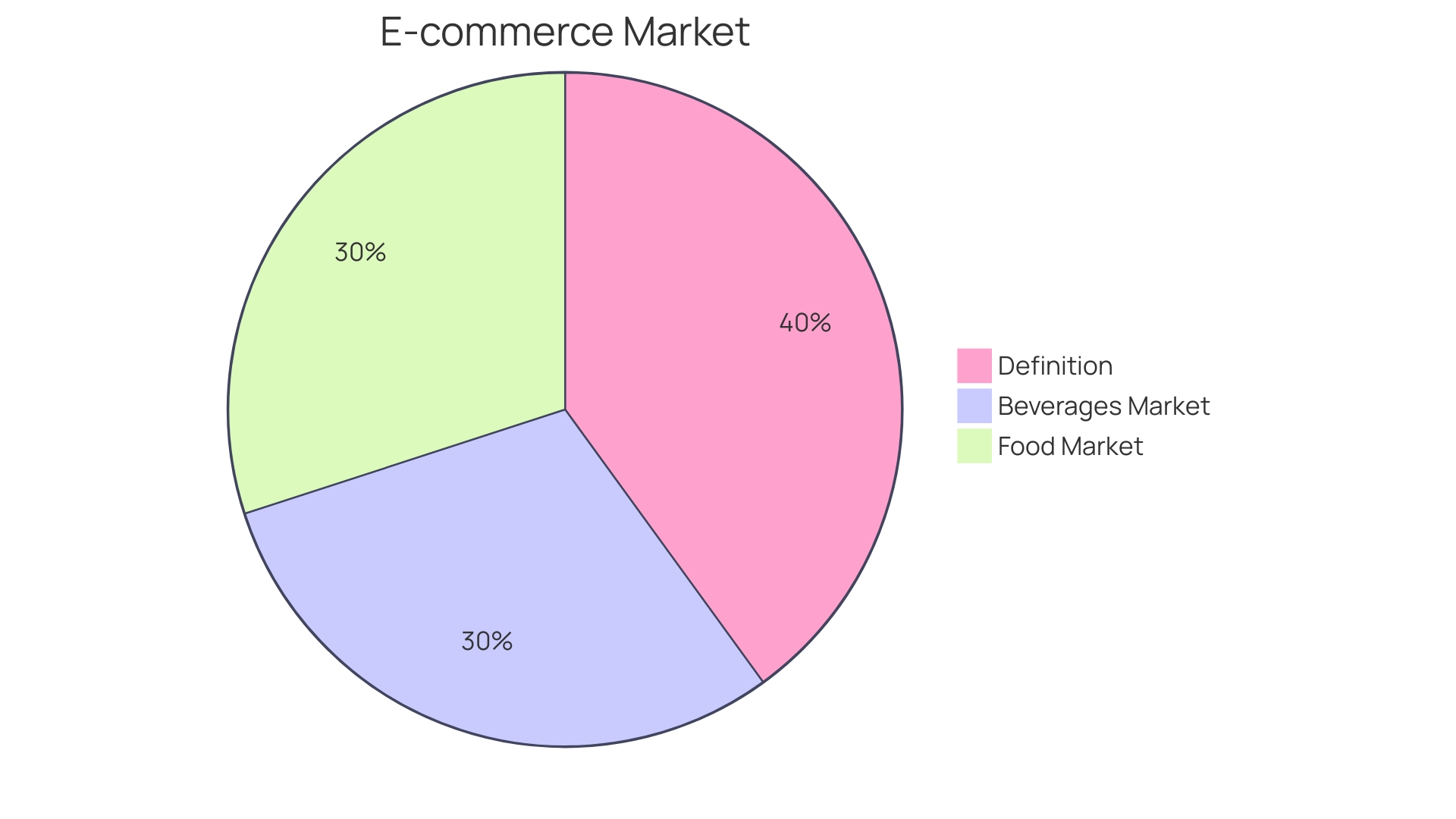
Key Drivers of B2C E-commerce Growth
B2C e-commerce is blossoming at an unprecedented rate, driven by a confluence of factors that are reshaping consumer habits and preferences. At the forefront, online shopping offers unmatched convenience, allowing consumers to make purchases with just a few clicks. This ease of access is highlighted by the experiences of companies like Lemonaid Health, which capitalizes on the 'refreshingly simple' appeal of online medical care.
The diversity of products available online is another significant catalyst. Consumers now have the luxury of choosing from an ever-expanding inventory of goods, from daily necessities to niche items. Coupled with this is the competitive pricing found online, which is often more attractive than in-store due to lower overhead costs.
Personalization is revolutionizing the shopping experience, with e-commerce platforms utilizing data analytics to tailor recommendations and offers, enhancing customer satisfaction and loyalty. Lemonaid Health, for example, faced challenges in its paid media strategy due to the unique acquisition costs and lifetime values of its extensive service range. By understanding these intricacies, businesses can streamline their strategies for higher efficiency and better return on investment.
As e-commerce continues to grow, so does the innovation behind it. News of Amazon India's Great Indian Festival and the inspiring stories of women entrepreneurs on Flipkart's platform underscore the dynamic nature of the e-commerce sector. These narratives demonstrate the importance of agility and forward-thinking in maintaining a competitive edge.
Statistics further underscore this growth; Europe and the United States are expected to generate substantial revenues in the coming years, with global e-commerce revenue projected to increase by 64.69% by 2027. The rapid adoption of e-commerce is a testament to its resilience and the potential for future expansion.
In summary, understanding the key drivers behind B2C e-commerce—convenience, availability, competitive pricing, and personalization—is essential for businesses to thrive in the digital marketplace. By leveraging data-driven strategies and embracing innovation, companies can position themselves to capitalize on the continued growth and opportunities presented by e-commerce.
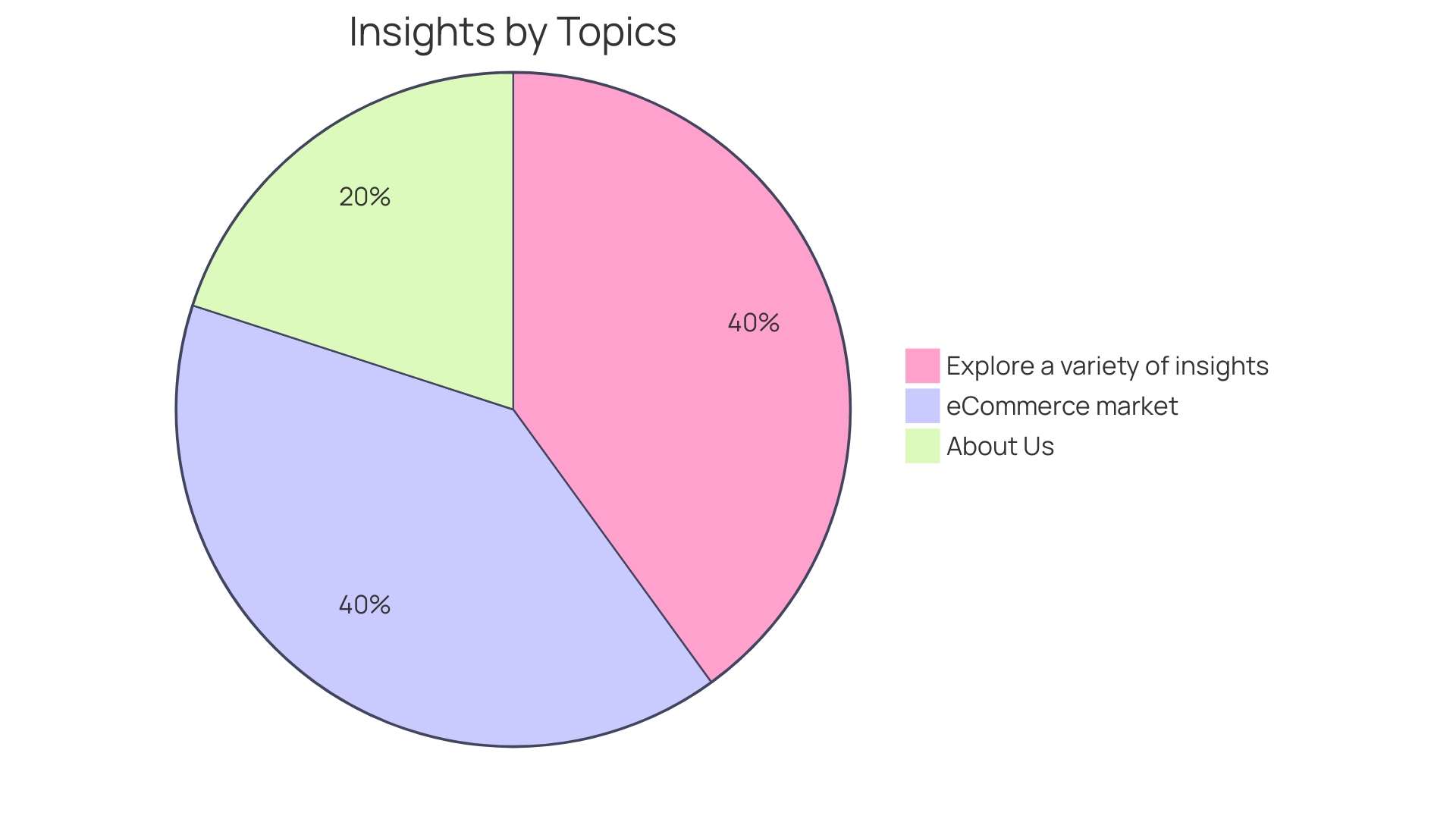
Role of Technology in B2C E-commerce
In the dynamic world of B2C e-commerce, the integration of technology is more than just a necessity; it's a game-changer. To excel in the online marketplace, businesses must not only provide a seamless user experience through intuitive websites and mobile apps but also ensure secure payment processing and craft personalized marketing efforts. A deep understanding of these technological aspects is crucial for businesses to differentiate themselves and thrive amidst fierce competition.
The starting point for any e-commerce endeavor is a compelling product or service catalog that resonates with market demand. Utilizing tools like Google Trends and social media analytics, businesses can gain valuable insights into consumer interests and the ever-evolving market landscape. Moreover, a sharply focused analysis of the competitive environment equips businesses with the foresight to navigate market dynamics skillfully.
Recent developments have underscored the significance of technology in retail transformation. A survey involving over 200 retail executives highlights the critical role of in-store technology, with a notable increase in its deployment. The emphasis is now on driving sales through advanced systems like self-checkout, which cater to both customer devices and kiosks, showcasing the need for technological agility in retail strategies.
Furthermore, events like Amazon's Great Indian Festival illustrate how technology-fueled sales events can captivate a vast audience with enticing offers and convenient purchasing options. This trend is echoed in the growth of India's e-commerce sector, where increased internet and smartphone penetration has been pivotal.
The narrative of success in e-commerce is also marked by inspiring stories from platforms like Flipkart, where entrepreneurs harness innovation and receive robust support to overcome the challenges of a dynamic e-commerce landscape.
E-commerce, once a mere transactional process ending with order shipment, has evolved into a comprehensive cycle encompassing customer discovery, experience, and post-purchase engagement. The lines between physical and digital shopping experiences are blurring, necessitating omnichannel strategies that deliver a unified customer journey.
As industry experts assert, the path to purchase is multifaceted, beginning with customer discovery and extending to the checkout experience, underpinned by a robust infrastructure. This holistic view is essential for brands to acquire and retain customers effectively.
In conclusion, the e-commerce landscape is a complex ecosystem where technology serves as the backbone, enabling businesses to meet customer expectations, adapt to changing behaviors, and ultimately achieve success in the online retail space.
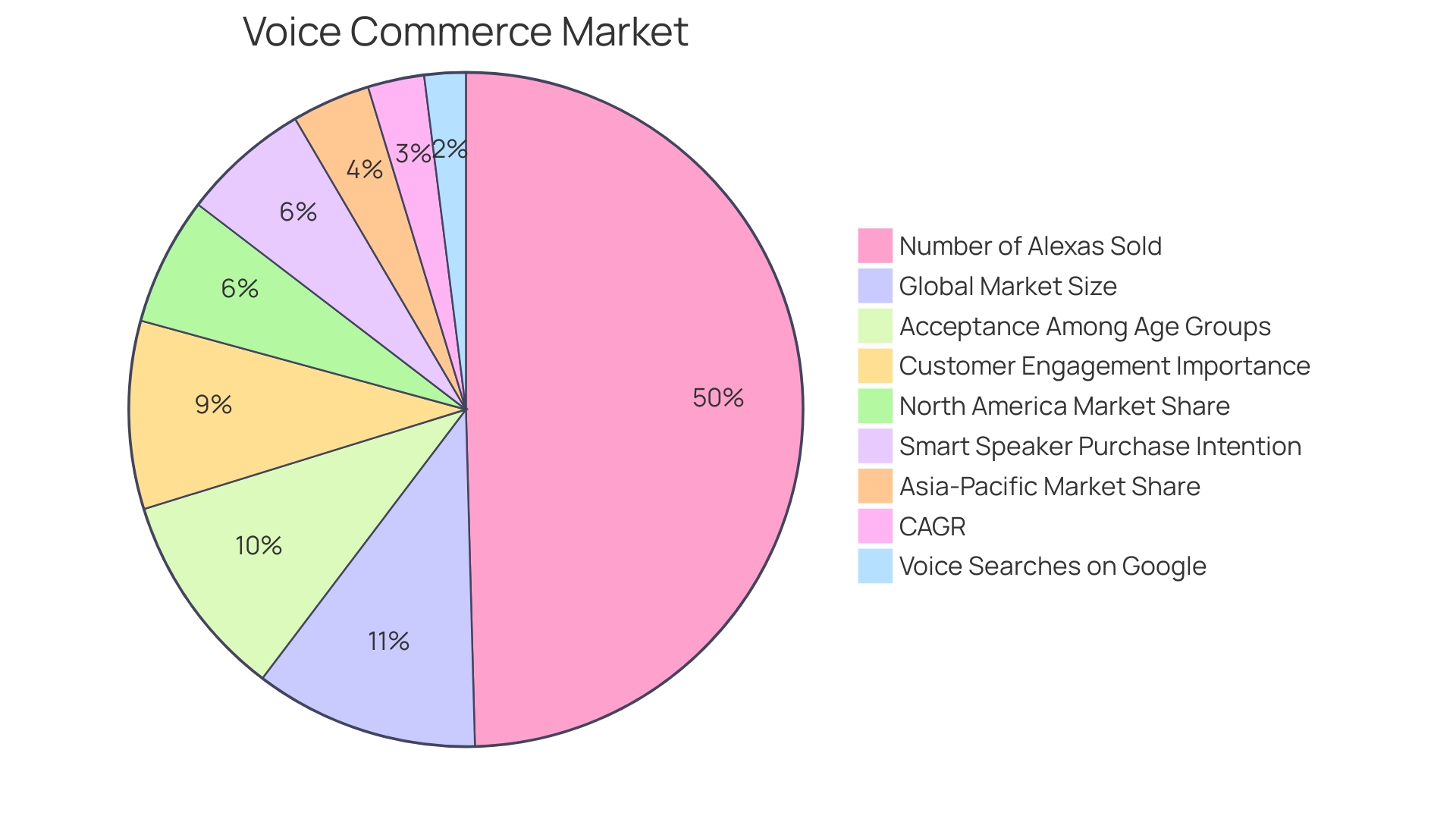
Impact of Mobile and Social Media on B2C E-commerce
The landscape of B2C e-commerce is rapidly evolving, particularly with the advent of mobile technology and social media's expanding role. Mobile shopping has become a norm, and social media platforms are increasingly significant in influencing consumer purchases. A remarkable 85% of transactions with small retailers are swayed by social media engagement, as revealed by a Bain and Co. Sequoia India report.
This trend highlights the immense potential for businesses to harness social media for customer connection and brand expansion.
An example of this is Dolly Chaiwala, a tea vendor from Nagpur, Maharashtra, who leveraged social media to gain nationwide recognition. With over 4.59 billion active users today, and numbers expected to climb to nearly six billion by 2027, the opportunity for businesses to tap into social commerce is immense. Insights from Insider Intelligence suggest that industry leaders need to stay ahead of digital trends and key performance indicators in marketing, advertising, retail, and e-commerce to thrive.
The concept of social commerce, which Smartly.io defines as the process of selling goods and services via social media networks, is gaining traction. Recognizable initiatives, such as the 'Buy It' buttons introduced by social networks, have propelled businesses towards success by facilitating direct consumer interactions and transactions through social apps.
As the nexus of consumer interaction, social commerce, and mobile shopping continues to strengthen, businesses are compelled to adapt and innovate. The future of B2C e-commerce is one that is intertwined with the digital social sphere, and understanding this dynamic is essential for businesses to maintain relevance and achieve growth in the ever-changing online marketplace.
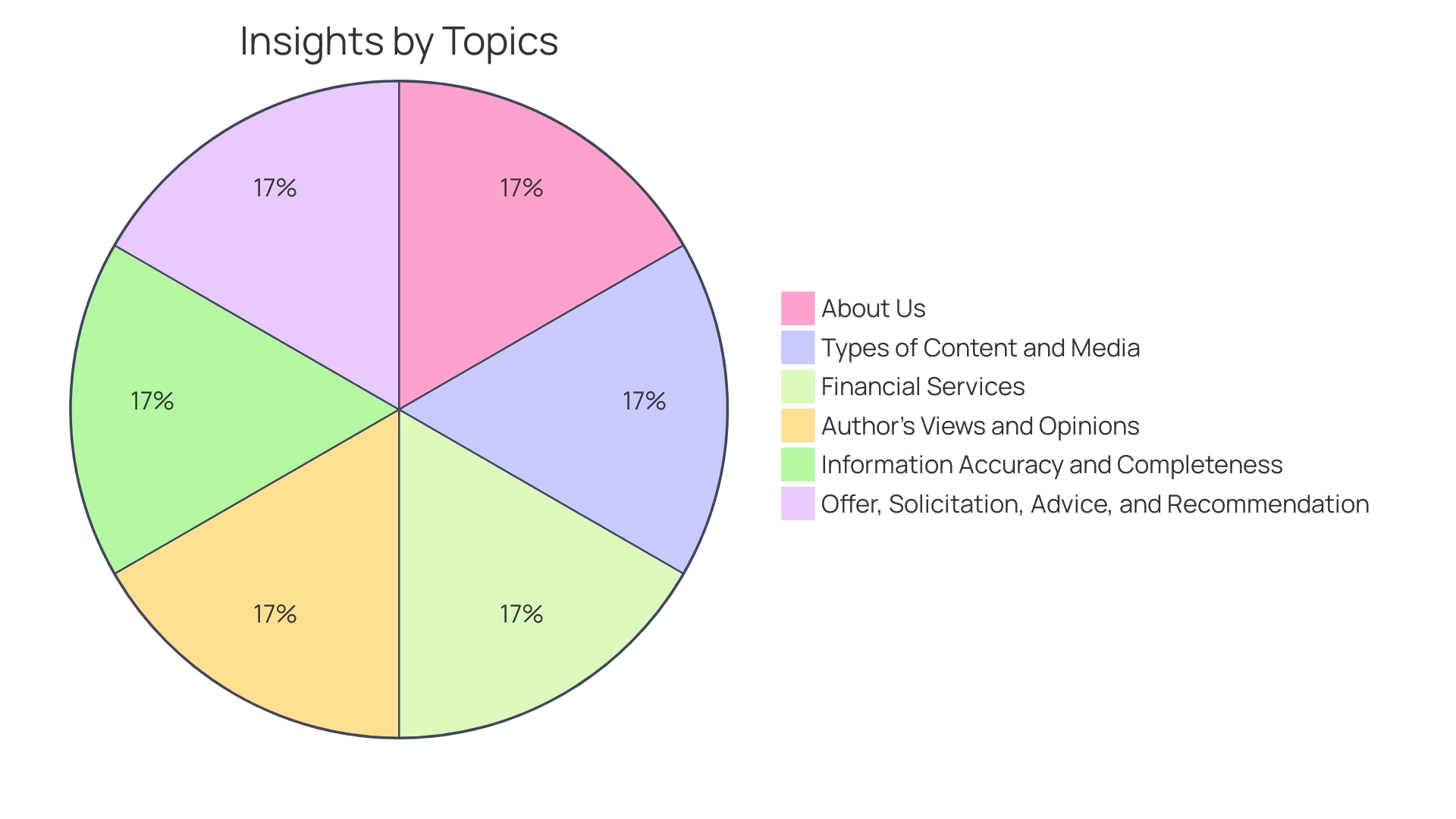
Integration of AI, AR, and VR in B2C E-commerce
The landscape of B2C e-commerce is being reshaped by the integration of cutting-edge technologies such as Artificial Intelligence (AI), Augmented Reality (AR), and Virtual Reality (VR). These tools are not merely trends but are becoming integral components for businesses aiming to provide an immersive, efficient, and personalized shopping experience. AI is proving instrumental in automating tasks and offering customer service through chatbots that are increasingly sophisticated, capable of handling complex queries with ease.
AR is revolutionizing the way consumers interact with products online by enabling them to visualize items in a real-world context, thus bridging the gap between online and offline shopping. Furthermore, VR is pushing the boundaries by offering virtual shopping experiences that replicate the physical store environment, allowing for a deeper connection with the brand from the comfort of one's home.
A case in point is a leading European e-commerce platform in the fashion and lifestyle sector that leveraged AI to automatically generate detailed descriptions and categorize millions of product images, streamlining their operations and enhancing user experience. This initiative underscores the importance of AI in managing extensive product catalogs and improving search result quality. Similarly, Sephora's digital transformation journey, which began with the launch of its website and mobile app, reflects the shift towards a more digitally integrated shopping experience.
The brand's app, Sephora to Go, is a testament to the success of embracing digital innovations early on.
In tandem with these advancements, the retail world is witnessing the advent of checkout-free stores, like the one recently opened in Dublin Airport, powered by Zippin technology. This store exemplifies the seamless integration of AI and machine learning (ML) with a combination of cameras and weight-sensored shelving to detect and charge for items without the need for traditional checkout processes. As the retail sector continues to evolve, driven by technology, it is crucial for businesses to harness the potential of AI, AR, and VR to stay ahead in the competitive B2C e-commerce space and cater to the ever-changing consumer demands.
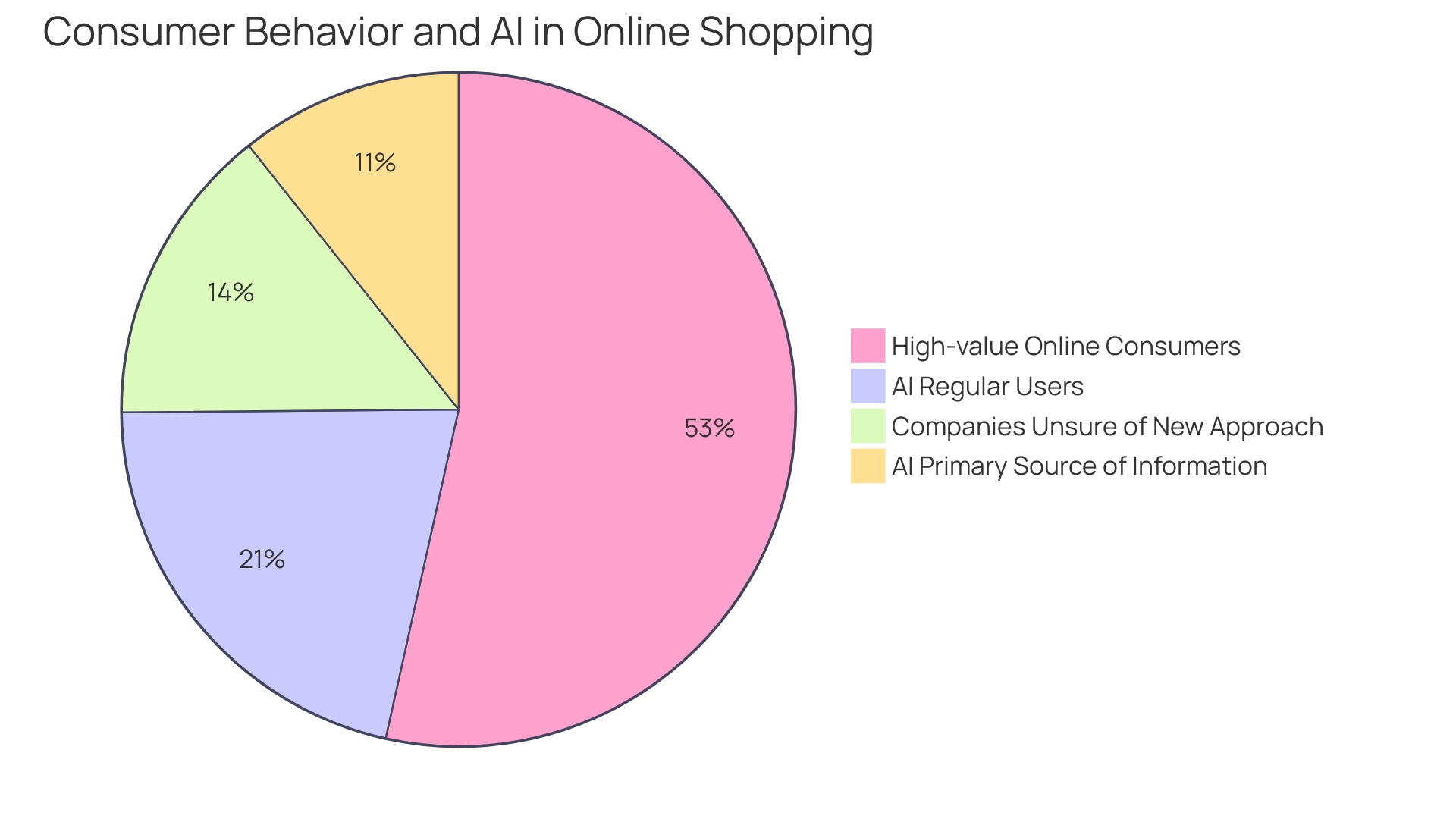
Globalization and Market Expansion
B2C e-commerce is not just reshaping the way we shop; it's also a key driver of global market expansion. Emerging markets, particularly in India, have shown tremendous growth in digital infrastructure, creating a robust platform for businesses to scale internationally. With initiatives like the Unified Payments Interface (UPI) and Aadhar Authentication, coupled with policies like Make in India and Production Linked Incentives (PLIs), India is setting a new standard for digital commerce and manufacturing prowess.
The global landscape of e-commerce is evolving, with emerging economies catching up rapidly to established markets. The Asia Pacific region is particularly notable, with online retail sales in five key countries—China, South Korea, Japan, India, and Australia—projected to grow from $2.2 trillion in 2023 to $3.2 trillion by 2028. This expansion is further fueled by the strategic 'China+1' strategy, as businesses diversify supply chains and reduce reliance on single markets.
The growth of B2C e-commerce has given rise to inspiring success stories, such as those of Indian women entrepreneurs leveraging platforms like Flipkart and Amazon to break societal norms and establish successful ventures. These narratives not only highlight the potential of e-commerce for individual empowerment but also underscore the importance of platforms in fostering innovation and entrepreneurship.
As global e-commerce revenue is expected to surge to $6.34 trillion by 2027, businesses must understand the dynamics of this digital transformation. The electrifying pace of growth in sectors like consumer electronics, driven by giants like Amazon with a Global Gross Merchandise Value of $692.8 billion, points to the vast opportunities for businesses to tap into new markets and customer bases.
In conclusion, the B2C e-commerce wave is a testament to the fact that businesses—regardless of size—can now access and flourish in the global marketplace. As digital commerce continues to expand, staying informed and adaptable to the evolving landscape is crucial for any business looking to harness the full potential of international e-commerce opportunities.
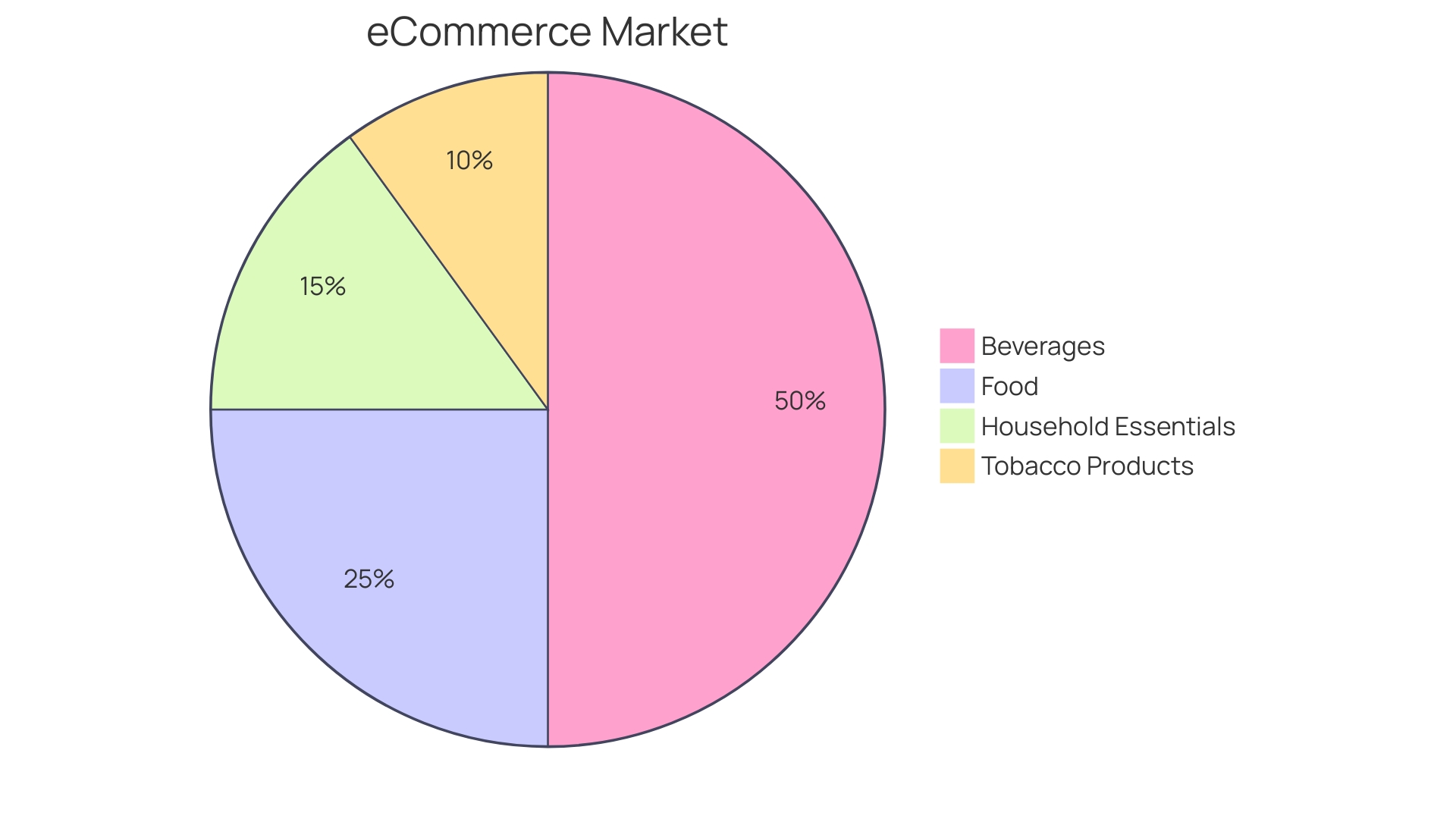
Competitive Landscape and Market Dynamics
The B2C e-commerce sector is a dynamic and multifaceted arena, characterized by a spectrum of markets and industries, from the sale of beverages and food to consumer goods and travel services. With the proliferation of internet connectivity and mobile technology, businesses are now capable of reaching a global customer base, driving up sales and fostering the introduction of innovative offerings. The e-commerce structure spans across various markets, including 14 distinct segments such as beverages, encompassing alcoholic and non-alcoholic drinks, and food markets that simplify the grocery shopping experience for consumers.
As seen in South Korea's expanding e-commerce economy, the digital sale of goods caters to a private end consumer, leveraging both websites and mobile applications. This approach allows for a diverse range of business models, from exclusively online operations to hybrid retailers with both physical and online storefronts.
The e-commerce landscape is not static; it evolves with the changing tides of consumer behavior, technological innovation, and market trends. News of significant e-commerce events, like Amazon India's Great Indian Festival or Flipkart's support of entrepreneurial success stories, highlights the sector's vibrancy and the potential for businesses to capitalize on these platforms' massive reach. The growth of content creators in e-commerce is another testament to the organic evolution of online media sharing, democratizing product knowledge and shaping consumer preferences.
The strategic interplay between vertical and horizontal markets in e-commerce is also essential to grasp. While vertical markets target specific customer groups, horizontal markets focus on the products being sold. This nuanced understanding can prevent businesses from falling into the 'ghost market' trap as they tailor their strategies to the right audience with the appropriate offerings.
As the B2B digital economy progresses, we anticipate a significant shift in buying behavior influenced by political, cultural, and technological advancements, including AI-driven commerce.
For businesses to navigate this competitive and ever-changing e-commerce landscape successfully, they must be equipped with data-driven analysis and insights. Understanding the key drivers that power digital economies and recognizing the importance of innovation, such as startup partnerships, can help businesses differentiate and excel in this space. With the right strategies informed by the latest trends and market dynamics, businesses can identify growth opportunities and achieve sustainable success in B2C e-commerce.
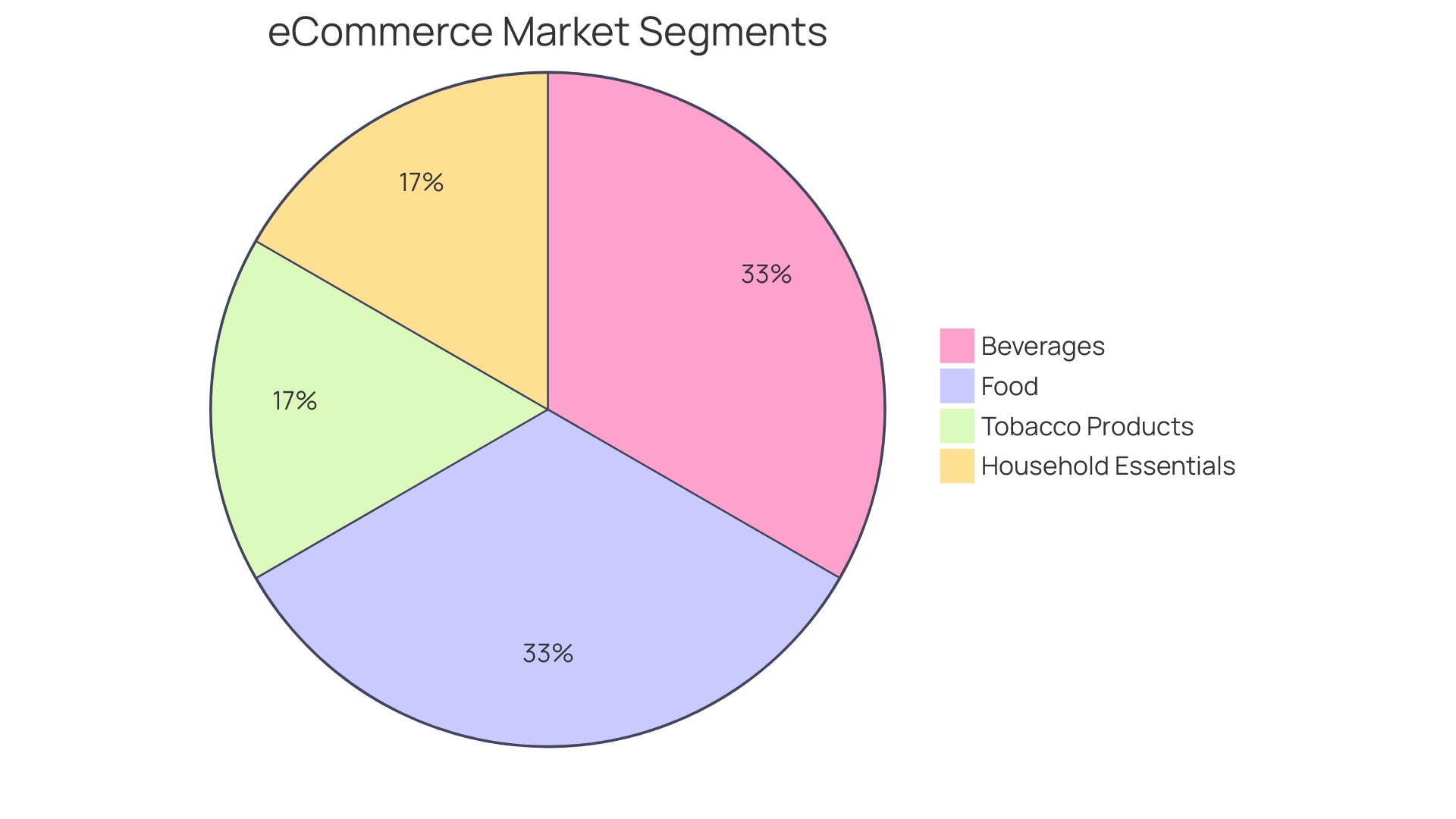
Security and Compliance in B2C E-commerce
B2C e-commerce security and consumer data protection are non-negotiable pillars that underpin the digital trust between a business and its customers. A robust e-commerce solution safeguards transactional data and adheres to stringent compliance standards, such as PCI-DSS, ensuring that customer interactions are both safe and private. With the rise of cyber threats, it's evident that 97% of applications leveraging open-source code are susceptible to vulnerabilities that could potentially expose e-commerce websites to cyberattacks.
Incorporating iframes for payment processing is an advanced practice that creates a secure bridge for transactional data, mitigating risks. Moreover, monitoring and logging activities with precise criteria for what is recorded are essential steps towards maintaining compliance and readiness for audits. Protecting log data with encryption and access controls further fortifies the security framework.
A 7-point security checklist for e-commerce includes implementing ironclad protocols for website development and management, which are critical in strengthening various access points. For example, Non-stop dogwear, an industry retailer with over 50 employees, faced challenges in reducing vulnerabilities while expanding their global presence. They moved from shared credentials in a single office to a secure, scalable system that facilitated safe collaboration.
The digital checkout process has become a focal point for ensuring cybersecurity, with the onus on retailers to prioritize consumer safety as a core business strategy. A well-designed web store not only provides a seamless shopping experience but also incorporates essential security features like encrypted transactions to protect sensitive customer information.
As industries evolve, such as the uniform sector, the need for tailored e-commerce solutions becomes apparent. These solutions should align with business goals, be user-friendly, scalable, and seamlessly integrate with existing systems, without compromising on security. Advanced e-commerce platforms that prioritize these factors enable businesses to build and maintain customer trust while protecting their brand reputation.
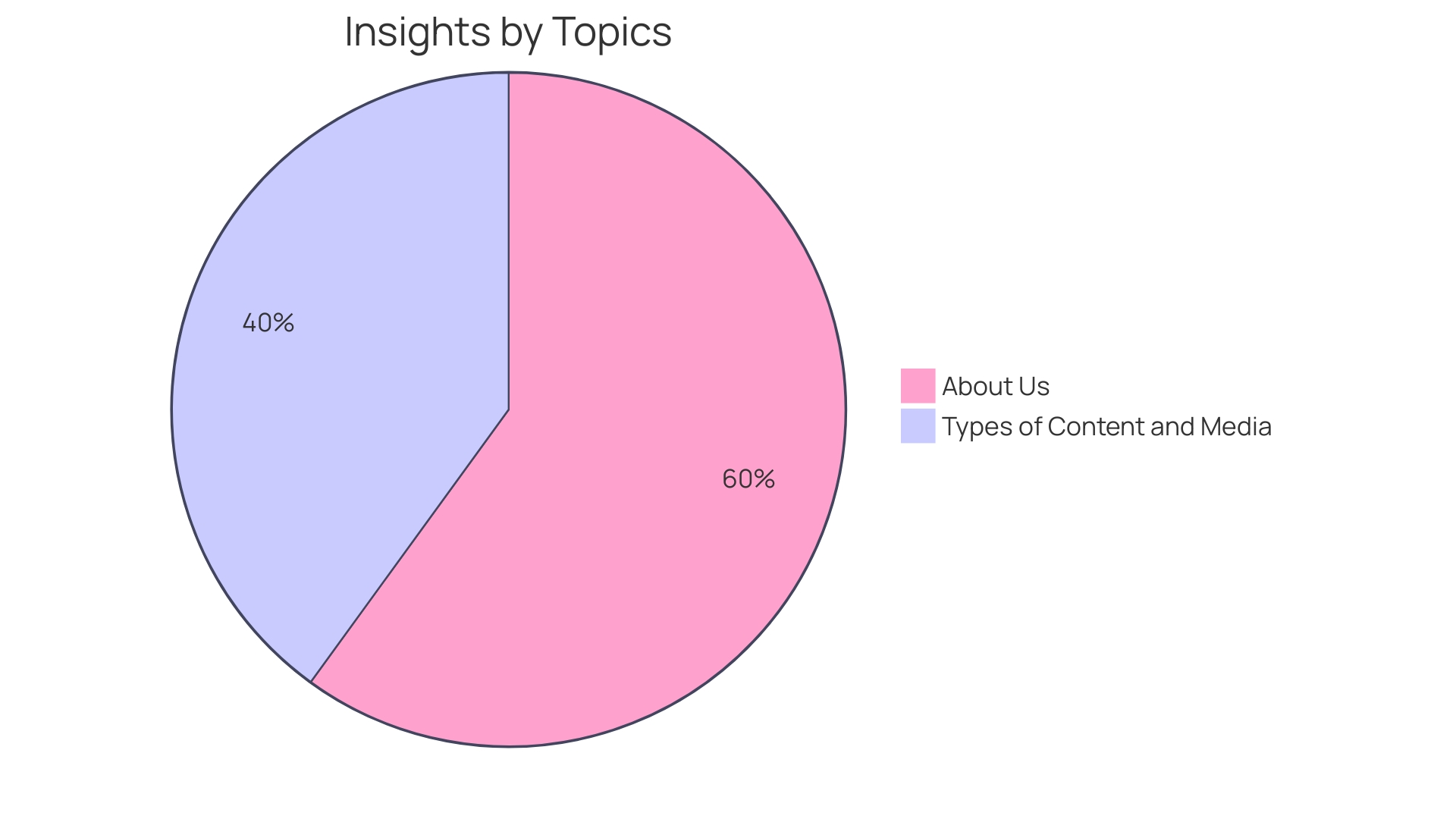
Supply Chain Innovations and Management
To thrive in the B2C e-commerce landscape, businesses must prioritize efficient supply chain management. Embracing innovations in automated fulfillment, inventory management, and logistics is not just a trend but a necessity to meet the escalating expectations for swift and dependable delivery services. For instance, Zara, a leader in the fashion industry, has set a benchmark by integrating artificial intelligence (AI) throughout their supply chain operations.
Their strategic adoption of real-time analytics, machine learning, and RFID tagging facilitates quick responses to market trends, often turning around new designs in just a week. This level of responsiveness and efficiency in inventory optimization is what e-commerce businesses should aspire to achieve.
Furthermore, all-in-one platforms are redefining retail management by offering a unified system for managing customer relations, inventory, and other business processes, thus providing a comprehensive view that leads to better decision-making and enhanced customer satisfaction. E-commerce entities can look to these platforms as a way to consolidate operations and streamline their workflows. The retail technology landscape is continuously advancing, and staying abreast of these developments is crucial for e-commerce businesses aiming to optimize their operations and exceed customer expectations.
Customer Loyalty and Retention Strategies
In the fast-evolving B2C e-commerce sector, the importance of fostering customer loyalty and mastering retention strategies cannot be overstated. To drive customer loyalty and enhance customer lifetime value, businesses must craft personalized experiences, loyalty programs, and targeted marketing initiatives that truly resonate with consumers. Simplified program rules, seamless enrollment, and clear communication are key to keeping engagement high and ensuring that these programs can scale as the business grows.
The concept of post-acquisition value (PAV) is pivotal. PAV, the net present value of a customer's revenue after acquisition minus customer acquisition costs, serves as a beacon to gauge the long-term value a customer adds to a business. Accurate PAV measurements inform how much should be invested in customer acquisition to align with the expected lifetime value.
Balancing customer acquisition with retention is crucial, as both demand substantial investment. With digital marketing platforms heightening customer acquisition costs—sometimes up to 35% of the selling price—due to privacy limitations impeding data collection, ensuring easy access to consumer data can reduce these costs significantly.
Moreover, subscription commerce has surged as businesses strive to build lasting relationships with customers. This model emphasizes the necessity of proactive customer service and the empowerment of customers to manage their subscriptions effortlessly, leading to sustained customer loyalty.
With policy abuse on the rise, partly driven by economic and emotional factors, businesses are facing the challenge of distinguishing between fraudulent activities and genuine customer grievances. An average of 20% of all refund claims being abusive, this trend is significantly impacting merchant operations and profitability.
Staying ahead in the competitive e-commerce landscape requires understanding customer behaviors—such as retention, repeat purchasing, and spending—to identify the most valuable customer segments. Offering ease, simplicity, and transparency is the linchpin of successful loyalty programs, enticing customers to sign up and stay engaged.
It's evident that customer loyalty varies widely across industries and products. By grouping users with common characteristics and customizing their experiences, businesses can make the user journey more intuitive and engaging. As the e-commerce market continues to evolve rapidly, companies must leverage innovative growth strategies to increase sales and consolidate customer loyalty, ensuring sustainable success.
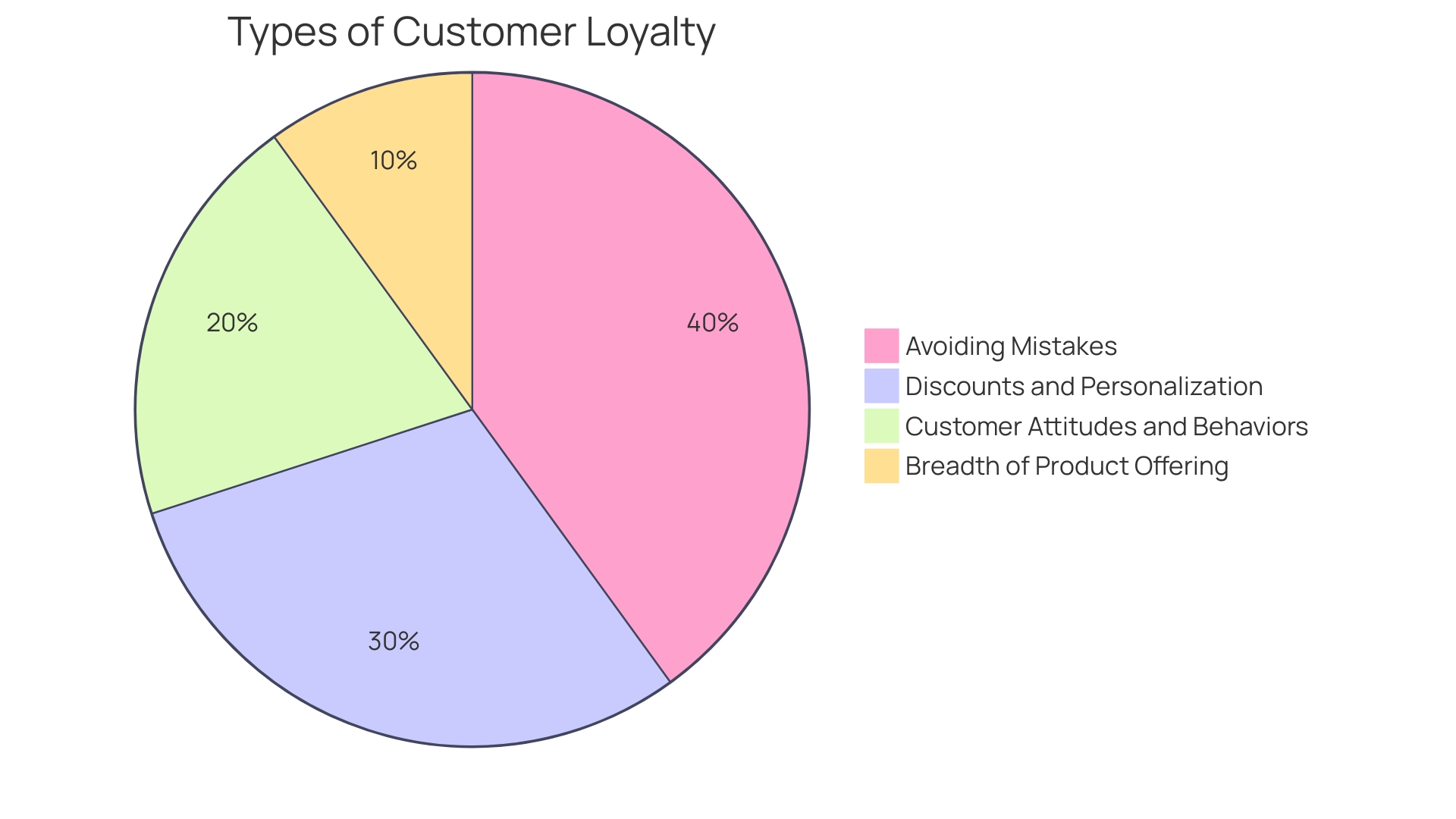
Challenges and Opportunities in the B2C E-commerce Market
In the vibrant landscape of B2C e-commerce, companies face a complex interplay of challenges and opportunities that demand a keen strategic focus. For instance, Bemol, a leading Brazilian retail chain, has successfully overcome the logistical hurdles of the Amazon region by establishing a resilient network infrastructure, enabling them to extend their robust e-commerce presence across Brazil. Meanwhile, India's rapid digital transformation, backed by public digital infrastructure and government incentives, is reshaping the e-commerce terrain, as evidenced by the burgeoning export market and the strategic 'China+1' approach that encourages global supply chain diversification.
E-commerce experiences, once exclusive to B2C, are now being sought after in the B2B domain, with a McKinsey report highlighting that 65% of B2B companies have embraced e-commerce solutions. This evolution is driven by the need for streamlined transactions that not only save time for business buyers but also offer a lower cost to serve. The adoption of digital platforms is critical, yet selecting the right e-commerce solutions is paramount for thriving in this competitive space.
As the e-commerce sector continues to flourish, the consumer's role remains central. Jim Lecinski, a seasoned industry observer, notes that consumer shopping preferences—whether online or in-person—vary based on individual purchasing decisions. This nuanced understanding of consumer behavior is crucial for businesses aiming to offer compelling experiences that resonate with their customer base.
Furthermore, e-commerce giant Amazon India's Great Indian Festival sale and Flipkart's support for women entrepreneurs and innovators highlight the sector's dynamic nature and its role in driving economic growth and inclusion. Amidst this backdrop, businesses are prompted to ask, "How can we grow?" The answer lies in creating customer experiences that address specific challenges and pain points, which, when coupled with a well-designed commerce platform, can lead to significant growth.
The global expansion of e-commerce, powered by increased internet and smartphone penetration, is illustrated by the staggering number of internet users in India, which is expected to reach 900 million by 2025. This growth trajectory signals a promising future for e-commerce, with opportunities for businesses to reach a broader customer base and innovate in their offerings.
Future Trends and Predictions for B2C E-commerce
The landscape of B2C e-commerce is evolving at an unprecedented pace, influenced by technological advancements and changing consumer preferences. As businesses navigate this dynamic environment, they must be adept at identifying and leveraging the trends that shape the retail industry. One of the key drivers of change is artificial intelligence (AI), which is revolutionizing the way companies interact with their customers through machine-to-machine commerce, enabling personalized experiences that were once unimaginable.
Sustainability is another significant trend, with consumers increasingly prioritizing eco-friendly products and practices. Companies are being scrutinized for their environmental impact, and those that can demonstrate genuine sustainability efforts are gaining a competitive edge. This shift in consumer consciousness is not just reshaping business practices but also driving innovation, as startups enter the fray with fresh ideas aimed at enhancing e-commerce platforms to meet evolving demands.
The global e-commerce market is set for staggering growth, with projections indicating a 64.69% increase in revenue from 2023 to 2027, reaching a total of $6.34 trillion. This surge is being fueled by diverse sectors, with electronics and food leading the charge. The expansion is not limited to market size but also encompasses the rapid development of digital business models and global product strategies.
In light of these developments, e-commerce businesses today must consider the implications of these trends for their operations and strategize accordingly. As the industry moves forward, there are substantial opportunities for businesses to grow, especially with the easing of economic pressures and a gradual increase in consumer confidence predicted for 2024. To remain competitive and successful, businesses must remain agile, harness the power of data-driven analysis, and stay informed about the political, cultural, and technological factors that will drive the market in the coming years.
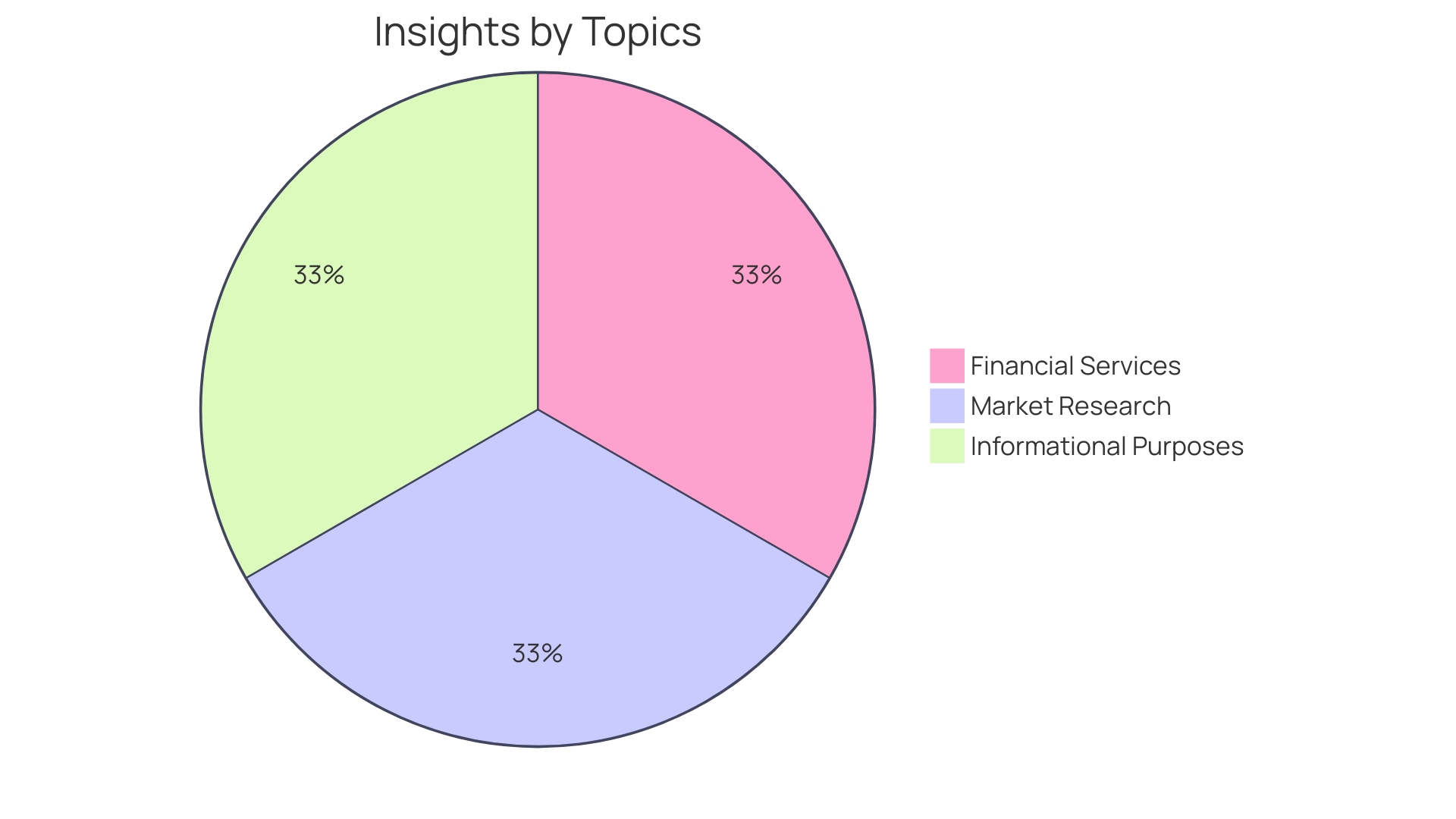
Conclusion
The landscape of B2C e-commerce is vast and multifaceted, with diverse markets spanning fashion, travel, health, and household essentials. Convenience, competitive pricing, and personalization are key drivers behind the industry's growth, while technology integration, such as AI, AR, and VR, is revolutionizing the shopping experience. The impact of mobile and social media on consumer behavior cannot be underestimated, with social commerce and mobile shopping becoming the norm.
The integration of AI, AR, and VR is reshaping the e-commerce landscape, providing immersive and personalized experiences. Globalization is driving market expansion, particularly in emerging economies like India, which are setting new standards for digital commerce. The competitive landscape of B2C e-commerce is characterized by a dynamic interplay of markets, industries, and consumer behaviors, where businesses must leverage data-driven strategies to excel.
Security and compliance are vital pillars for building trust and protecting customer data in the digital realm. Supply chain innovations and efficient management are crucial for meeting customer expectations and achieving success. Customer loyalty and retention strategies are essential for driving long-term value and sustaining growth.
The B2C e-commerce market presents both challenges and opportunities, demanding strategic focus and adaptability. Future trends include the integration of AI and sustainability practices, as well as the projected global growth of the industry. To thrive in this dynamic landscape, businesses must stay informed, agile, and data-driven, harnessing the power of technology and innovation.
As an industry expert, understanding these key factors and leveraging innovative strategies will be crucial for success in the ever-evolving world of B2C e-commerce.





